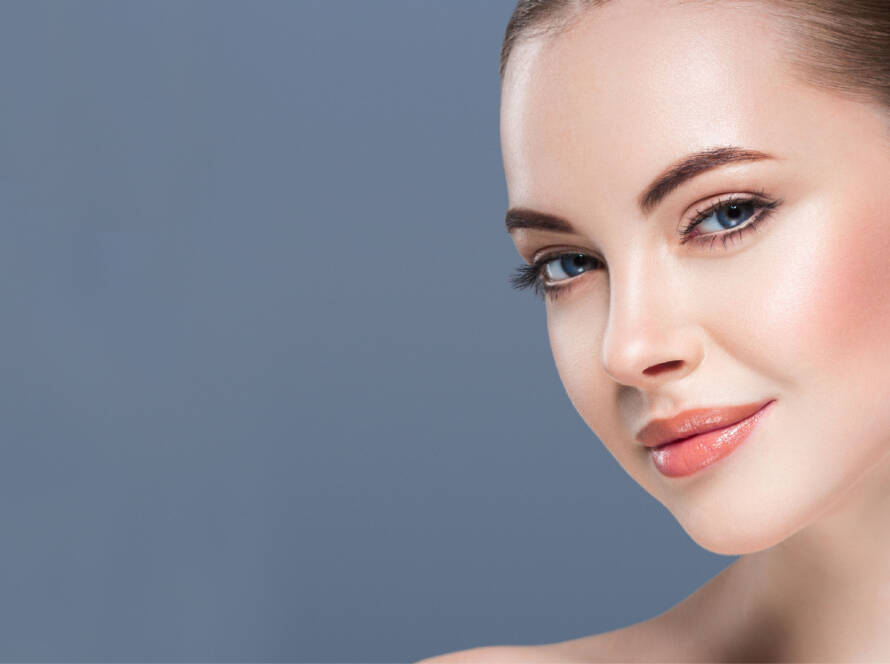Objective
The objective of facial aesthetic analysis is to obtain the symmetry of the face and to find the necessary methods to remove the existing defects in the face.
How To Do?
For a face aesthetic analysis, it is recommended to perceive the whole face. In this case, photography is important. The harmony of the nose with the forehead, the harmony of the nose with the cheekbones and the harmony of the lips with the nose are some of the elements determined in the facial aesthetic analysis.
While doing facial aesthetic analysis, the most important part is nose, as it is in the center of face. Example given; an asymmetric operation in our nose will cause asymmetry in our whole face.
Methods Used in Rhinoplasty Analysis
- Qualitative Evaluation (Observational Evaluation)
- Quantitative Evaluation (Evaluation Using Numerical Data and Ratios)
- Evaluation with Marquardt Facial Mask
Golden Ratio in Facial Analysis
The very first step of facial aesthetic analysis is the observational evaluation. First of all, the type of head and face, the relationship between aesthetic areas and facial symmetry are to be determined.
Moreover, the observational evaluation is actually the most important stage of aesthetic face analysis. In order to manage this process thoroughly, we could be able to check and make quick plans once we see the patient. This is a preliminary interview for quantitative evaluation.
In the observational evaluation, we listen to the complaints of the patient. In this case, we are to understand in which area of the face the patient has a problem.
For example, one of our patients who complains about their nose being big wanted to have nose surgery. At that rate, we are giving the patient a complete facial analysis and inform them that the nose can be made smaller to a certain extent with nose surgery and that this operation may bring the need of implant of the cheekbones.
Facial beauty differs from society to society. Thus, our patients consult us to to have a difference and feel more beautiful. In this case, small touches will make a big difference in their faces.
There is a standard established for the quantitative evaluation for the face. There are defined proportions between the parts of face, their harmony with each other reveals the beautiful and we name it an attractive face.
In artistic works, taking into account the eye width, the face is divided into 3 horizontal and vertical 5 parts.
In the face, whose height was divided into 3 parts, the forehead distance should actually be equal to the length of nose. If vice versa, the ratio reveals an asymmetrical image on the face. These rates are obviously seen in the artistic works since ancient times. During the operation, it is a necessity to reveal this. Perceiving aesthetic operations as a matter of art that requires the highest level of medical knowledge and having both the patient and the doctor are happy with the result are one of the greatest pleasures in this sector.
Defining beauty is a challenging issue for many years. The golden ratio has been described by the ancient Greeks and researched since the ancient Egyptians. The golden ratio, 1.61803, is a ratio found in nature that human beings have noticed. Using the golden ratio in aesthetic operations makes it wonderful.
A detailed facial analyze of the patients is prepared and the most appropriate treatment methods are shown to the patient on photographs in line with the complaints. In conclusion, nose is considered to be at the center of our body and other parts are shaped around it. Ignoring the harmony between eyes, chin, cheekbone and lip while applying rhinoplasty, which is the most difficult of aesthetic operations is like disrupting the golden ratio in nature.



